Yom Kippur Prayer Book (Machzor) PDF: A Comprehensive Guide
Discover readily available Yom Kippur Machzor PDFs for a deeply meaningful observance‚ offering traditional prayers‚ insightful commentary‚ and convenient digital access for reflection.

What is a Machzor?
A Machzor‚ fundamentally‚ is the special prayer book utilized during the High Holy Days of Rosh Hashanah and Yom Kippur. Unlike a standard Siddur used for daily prayers‚ the Machzor contains a unique collection of piyyutim (liturgical poems) and specialized prayers tailored for the themes of these solemn occasions.
Specifically for Yom Kippur‚ the Machzor facilitates deep reflection‚ repentance – teshuvah – and seeking forgiveness from God. It’s a comprehensive guide encompassing the confessional prayers (Vidui)‚ remembrance services (Yizkor)‚ and the profoundly moving Kol Nidre prayer that initiates the Day of Atonement.
Accessing a Machzor‚ even in PDF format‚ allows individuals to fully participate in the spiritual journey of Yom Kippur‚ connecting with centuries of Jewish tradition and communal prayer.
The Significance of Yom Kippur
Yom Kippur‚ the Day of Atonement‚ holds the paramount position as the holiest day in the Jewish calendar. It’s a dedicated time for profound introspection‚ sincere repentance – seeking forgiveness for transgressions against God and fellow humans – and strengthening one’s spiritual connection.
The Machzor‚ central to this observance‚ isn’t merely a book of prayers; it’s a vehicle for this spiritual work. Through its specific liturgy‚ it guides individuals through a process of self-assessment and renewal. The prayers within foster a sense of humility and a commitment to ethical living.
Utilizing a Machzor PDF allows accessibility to these powerful prayers‚ enabling meaningful participation in Yom Kippur’s solemn and transformative experience‚ regardless of location.
Historical Context of the Yom Kippur Prayer Book
Historically‚ the Yom Kippur liturgy dramatically differed. During Temple times‚ the Kohen Gadol (High Priest) underwent a rigorous seven-day purification and scriptural study period‚ recognizing his own need for atonement before entering the Holy of Holies. This preparation shaped the day’s solemnity.
The Machzor evolved over centuries‚ incorporating biblical readings‚ rabbinic interpretations‚ and poetic additions – piyutim – reflecting communal experiences. A recently discovered 14th-century Machzor revealed previously unknown liturgical poems specifically for Yom Kippur‚ showcasing the evolving nature of the prayers.
Modern Machzor PDFs build upon this rich history‚ preserving tradition while offering accessibility. They represent a continuous link to past generations’ spiritual practices.
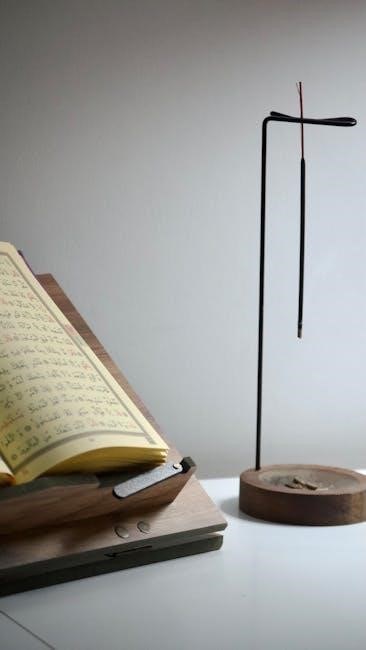
Accessing Yom Kippur Machzor PDFs
Explore three convenient options: download free PDFs‚ borrow physical Machzor sets‚ or print a PDF for personal use during the High Holy Days.
Free Online Machzor PDFs
Numerous websites offer free Yom Kippur Machzor PDFs‚ providing accessible prayer resources for individuals seeking a meaningful observance. These digital versions often include both Hebrew and English translations‚ facilitating understanding and participation for diverse worshipers.
Downloading a PDF allows for convenient access on multiple devices – follow along on a tablet‚ or print for a traditional experience. Utilizing a second device while following online is suggested for seamless navigation. Many communities also provide links to their preferred Machzor PDFs on their websites‚ ensuring consistency in liturgy.
However‚ it’s crucial to verify the source’s reliability to ensure accuracy and proper formatting of the prayers. These resources are invaluable for those unable to obtain a physical Machzor‚ fostering spiritual connection during this sacred time.

Borrowing Machzor Sets
For those preferring a physical Machzor‚ borrowing remains a viable option‚ particularly if purchasing isn’t feasible. Many synagogues and Jewish community centers offer Machzor lending programs‚ allowing members to borrow sets for the High Holiday season. This fosters inclusivity and ensures everyone has access to the traditional prayer book.
Contacting your local synagogue or Jewish Federation is the best starting point to inquire about borrowing availability and procedures. Some organizations may require a deposit or membership to participate. This is a wonderful way to experience the full liturgical richness of Yom Kippur without the financial commitment of purchase.
Early inquiries are highly recommended‚ as demand often exceeds supply‚ especially closer to Yom Kippur.

Printing a Machzor PDF
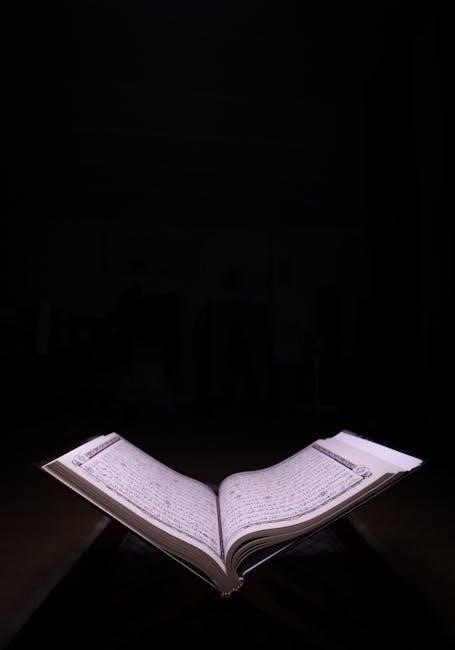
If you opt for a downloadable Machzor PDF‚ printing allows for a tangible prayer experience. However‚ consider the substantial paper and ink costs involved‚ as Machzorim are lengthy texts. Ensure your printer can handle the book’s size and thickness‚ potentially requiring double-sided printing and binding.
Before printing‚ preview the PDF to confirm proper formatting and readability. Adjust settings for optimal quality and paper usage. Consider using a local print shop for professional binding and a more durable finished product. This can significantly enhance the usability of your printed Machzor.
Remember to print well in advance of Yom Kippur to avoid last-minute stress and potential printing issues.

Key Prayers and Readings in the Machzor
Explore central elements like Kol Nidre‚ powerful Vidui confessional prayers‚ and the poignant Yizkor service for remembering departed loved ones within the Machzor.
Kol Nidre: The Opening Prayer
Kol Nidre‚ recited at the very beginning of Yom Kippur‚ holds a unique and deeply emotive place within the Machzor. This ancient prayer‚ chanted in a distinctive melody‚ dramatically sets the tone for the Day of Atonement. It’s a declaration releasing individuals from vows made unintentionally during the past year‚ acknowledging human fallibility.
However‚ it’s crucial to understand that Kol Nidre does not absolve commitments made to other people; it pertains solely to pledges made directly to God. The prayer’s historical context is complex‚ originating during periods of persecution when Jews were forced to make insincere promises under duress.
Today‚ Kol Nidre serves as a powerful reminder of the importance of sincere intention and the ongoing process of self-reflection and repentance‚ initiating the solemn and introspective atmosphere of Yom Kippur.
Vidui: The Confessional Prayers
Vidui‚ the confessional prayers central to the Yom Kippur Machzor‚ represents a cornerstone of the repentance process. These aren’t merely admissions of wrongdoing‚ but a communal and deeply personal acknowledgement of sins before God. The prayers are recited multiple times throughout Yom Kippur‚ intensifying the focus on self-examination and seeking forgiveness.
The Vidui utilizes a specific formula‚ listing a comprehensive range of transgressions – both intentional and unintentional – categorized for clarity. Reciting these prayers collectively fosters a sense of shared responsibility and humility.
Importantly‚ the Machzor often provides interpretations and guidance on the meaning of these confessions‚ encouraging sincere introspection. Through Vidui‚ individuals strive for teshuvah – genuine return and reconciliation with the Divine.
Yizkor: Remembrance of the Departed
Yizkor‚ a poignant section within the Yom Kippur Machzor‚ is dedicated to the remembrance of deceased loved ones. This solemn service isn’t simply a memorial‚ but a reaffirmation of the enduring bond between the living and those who have passed. It’s a time for heartfelt reflection on their lives and legacies.
The Yizkor prayers include specific petitions for the elevation of the souls of the departed‚ and a pledge to honor their memory through acts of charity and righteous living. Many recite names of family members during this time.
Modern Machzor PDFs often include supplementary readings and poems designed to offer comfort and inspire meaningful remembrance. Yizkor provides a sacred space for grief‚ gratitude‚ and continued connection.
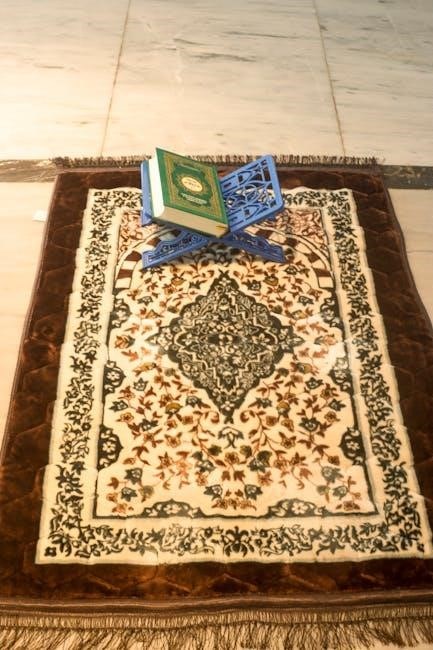
Understanding the Structure of the Machzor
Explore the Machzor’s organization‚ noting distinctions between Rosh Hashanah and Yom Kippur services‚ and historically‚ the unique role of the Kohen Gadol.
Rosh Hashanah and Yom Kippur Differences
While both Rosh Hashanah and Yom Kippur utilize a Machzor‚ significant liturgical differences exist reflecting each holiday’s unique themes. Rosh Hashanah‚ the Jewish New Year‚ focuses on remembrance‚ divine kingship‚ and sounding the shofar‚ featuring prayers for a sweet new year.
Yom Kippur‚ the Day of Atonement‚ centers on repentance‚ confession‚ and seeking forgiveness for sins. The Machzor for Yom Kippur contains extended confessional prayers (Vidui) and a more somber tone. Rosh Hashanah services are generally longer‚ while Yom Kippur includes a full day of fasting and intensive prayer. The specific poems and readings also differ‚ tailored to each holiday’s spiritual purpose.
The Role of the Kohen Gadol (Historical)
Historically‚ the Kohen Gadol (High Priest) held a central role in the Yom Kippur service when the Temple in Jerusalem stood. For seven days preceding Yom Kippur‚ he would isolate himself‚ immersing in ritual purity and intensely studying the Temple service.
On Yom Kippur itself‚ the Kohen Gadol performed a unique and elaborate set of sacrifices and prayers within the Holy of Holies‚ seeking atonement for himself‚ the priests‚ and the entire nation. This service‚ detailed in the Machzor’s historical notes‚ was considered the most sacred event of the Jewish year. While the Temple no longer exists‚ the Machzor preserves the memory of this pivotal role through readings and reflections.
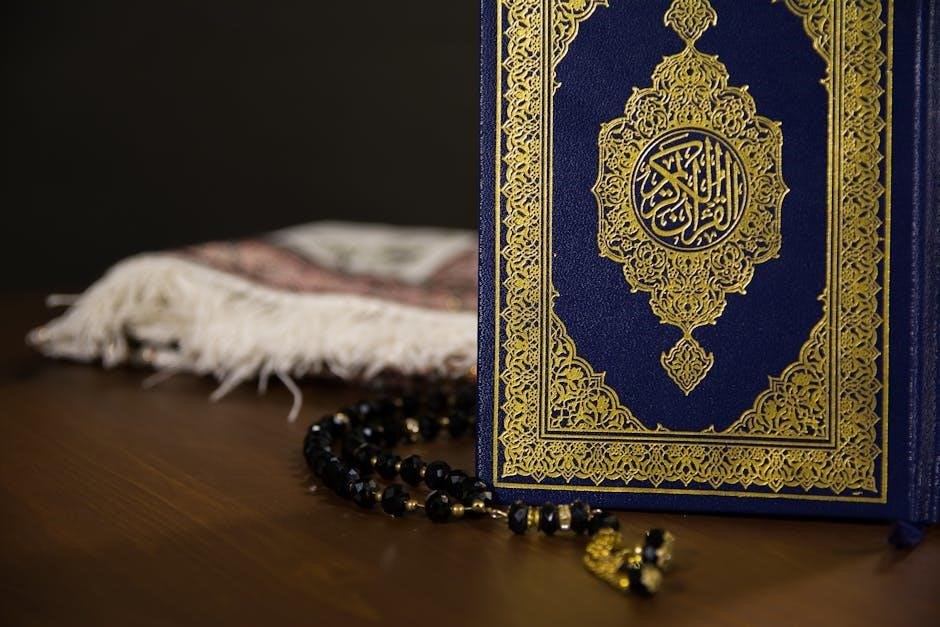
Features of Modern Machzor PDFs
Contemporary Machzor PDFs offer convenient features like Hebrew and English texts‚ insightful commentary‚ and user-friendly digital navigation for enhanced prayer experiences.
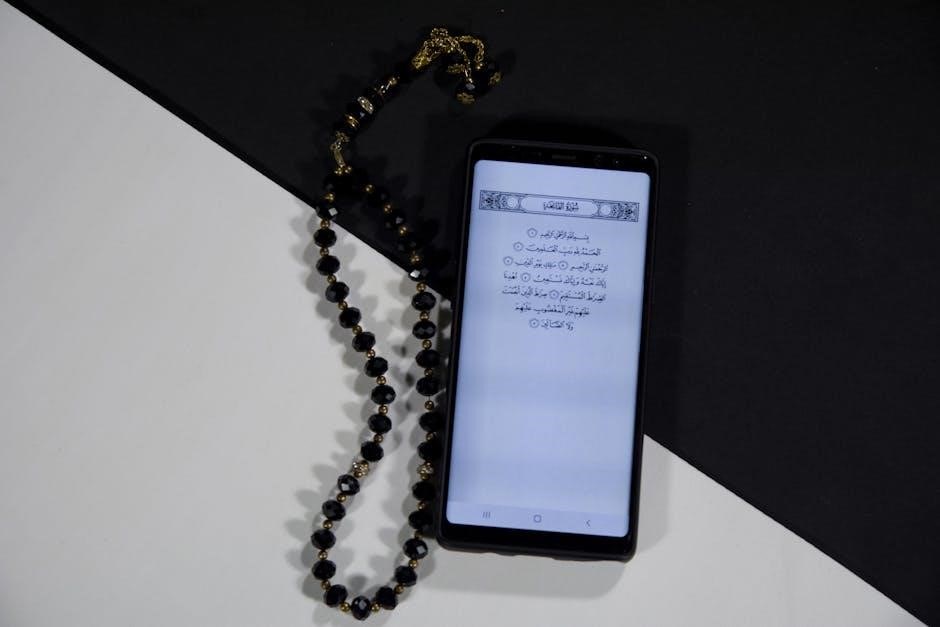
Hebrew and English Texts
A cornerstone of modern Machzor PDFs is the inclusion of both the original Hebrew text alongside a clear‚ accurate English translation. This dual-language format caters to diverse levels of Hebrew proficiency‚ allowing individuals to connect with the prayers in their original form while ensuring comprehension for those less familiar with the language.
This accessibility is crucial for fostering a more inclusive and meaningful worship experience. Readers can delve into the nuances of the Hebrew‚ appreciating the poetic beauty and historical context‚ or rely on the English translation for understanding the core message. Many PDFs also offer transliterations‚ aiding in pronunciation for those learning to read Hebrew.
Ultimately‚ the combination of Hebrew and English empowers individuals to engage with the Machzor on a deeper‚ more personal level‚ regardless of their linguistic background.
Commentary and Insights
Beyond simply presenting the prayers‚ many Yom Kippur Machzor PDFs incorporate valuable commentary and insightful explanations. These additions illuminate the historical context‚ theological underpinnings‚ and poetic artistry of the liturgy‚ enriching the reader’s understanding and spiritual connection.
Rabbi Robert Scheinberg’s contributions exemplify this‚ offering expert guidance on liturgical matters. Commentary often explores the meaning behind specific phrases‚ delves into the symbolism embedded within the prayers‚ and connects the ancient texts to contemporary life.
Such insights transform the Machzor from a collection of words into a dynamic source of wisdom and inspiration‚ fostering a more profound and meaningful experience of Yom Kippur’s themes of repentance‚ forgiveness‚ and renewal.
Digital Navigation
Modern Yom Kippur Machzor PDFs offer significant advantages in terms of digital navigation‚ enhancing the user experience during the lengthy and complex services. Interactive tables of contents‚ internal hyperlinks‚ and searchable text allow users to quickly locate specific prayers or readings.
This functionality is particularly helpful when following along with a service led by a rabbi or cantor‚ or when seeking a specific passage for personal reflection. The ability to easily switch between Hebrew and English texts‚ a common feature‚ further streamlines the experience.
Users can often utilize features like zoom‚ bookmarks‚ and note-taking tools‚ creating a personalized and accessible prayer experience.
Recent Discoveries in Yom Kippur Liturgy
A 14th-century Machzor revealed previously unknown liturgical poems for Yom Kippur‚ alongside Rabbi Robert Scheinberg’s insightful commentary on traditional prayers and readings.
14th-Century Machzor Findings
The National Library of Israel announced a remarkable discovery: a newly-acquired 14th-century Machzor‚ a prayer book specifically for the High Holy Days. This isn’t merely an ancient text; it contains previously unknown liturgical poems dedicated to Yom Kippur; These poems offer a fascinating glimpse into the evolving practices and devotional expressions of Jewish communities centuries ago.
Researchers are meticulously studying these poems to understand their historical context‚ authorship‚ and theological significance. The find expands our understanding of medieval Jewish liturgy and the rich poetic tradition surrounding Yom Kippur. It provides valuable insights into the spiritual lives and creative endeavors of Jews during that period‚ enriching our appreciation for the enduring power of prayer and remembrance.
Liturgical Poems for Yom Kippur
The 14th-century Machzor unearthed by the National Library of Israel is particularly significant due to its inclusion of previously undocumented liturgical poems specifically crafted for Yom Kippur. These poems‚ known as piyyutim‚ represent a vibrant tradition of poetic elaboration within Jewish prayer. They weren’t simply additions‚ but integral components designed to enhance the emotional and spiritual impact of the Day of Atonement.
Scholars believe these poems likely served to deepen communal reflection‚ evoke a sense of awe‚ and articulate the profound themes of repentance and divine forgiveness central to Yom Kippur. Their discovery offers a unique window into the creative expression and theological sensibilities of medieval Jewish poets‚ enriching our understanding of the holiday’s liturgical landscape.
Rabbi Robert Scheinberg’s Contributions
Rabbi Robert Scheinberg was a highly respected authority on Jewish liturgy‚ offering invaluable expertise in the nuances of prayer and ritual. His contributions extended to providing expert advice on liturgical matters‚ ensuring accuracy and depth in prayer book content. Notably‚ he authored a detailed commentary on the Shaharit and Arvit Amidah – core prayers for both Rosh Hashanah and Yom Kippur.
This commentary demonstrates his profound understanding of the prayers’ historical context‚ theological underpinnings‚ and poetic beauty. His work significantly enhances the user experience within modern Machzor PDFs‚ providing insightful explanations and fostering a deeper connection to the High Holiday liturgy for worshippers of all backgrounds.
